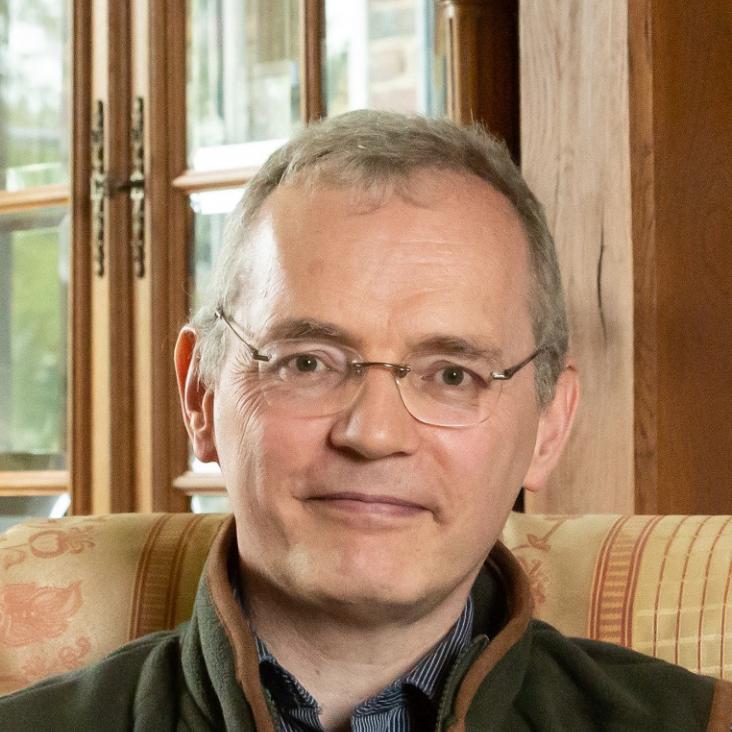Orbital angular momentum states of light, 2nd edition
Contemporary Physics Taylor & Francis ahead-of-print:ahead-of-print (2025) 1-1
Quantum mechanics of the diatomic molecule, 2nd edition
Contemporary Physics Taylor & Francis ahead-of-print:ahead-of-print (2025) 1-1
Single-ion anisotropy driven chiral magnetic order in a spin-1 antiferromagnetic chain
(2025)
Magnetic field induced ordering in the spin-12 chiral chain compound [Cu(pym)(H2O)4]SiF6·H2O
Physical Review B American Physical Society (APS) 112:5 (2025) 054414
Abstract:
We present single-crystal neutron diffraction, powder muon spin rotation, and pulsed-field magnetometry measurements on the Heisenberg quantum chiral chain (pym = pyrimidine), which displays a fourfold-periodic rotation of the local environment around the Cu() ions from site to site along the chain. Previous measurements on this material have shown the absence of magnetic order down to surprisingly low temperatures mK, as well as the presence of an energy gap for magnetic excitations that grows linearly with magnetic field. Here we find evidence at dilution refrigerator temperatures for a field-induced transition to long-range magnetic order above an applied magnetic field of 3 T. From the polarization of magnetic moments observed with magnetic fields applied in the direction, we can identify the static magnetic structure that best accounts for the data. The proposed model is supported microscopically by the presence of an alternating component of the tensor, which produces an internal twofold staggered field that dictates both the direction of the ordered moments and the effective coupling between adjacent chains. The observed magnetic structure is contrary to previous proposals for the departure of the magnitude and field dependence of the energy gap from the predictions of the sine-Gordon model.Spin Dynamics in the Dirac U(1) Spin Liquid YbZn2GaO5
Physical Review Letters American Physical Society (APS) 135:4 (2025) 046704


